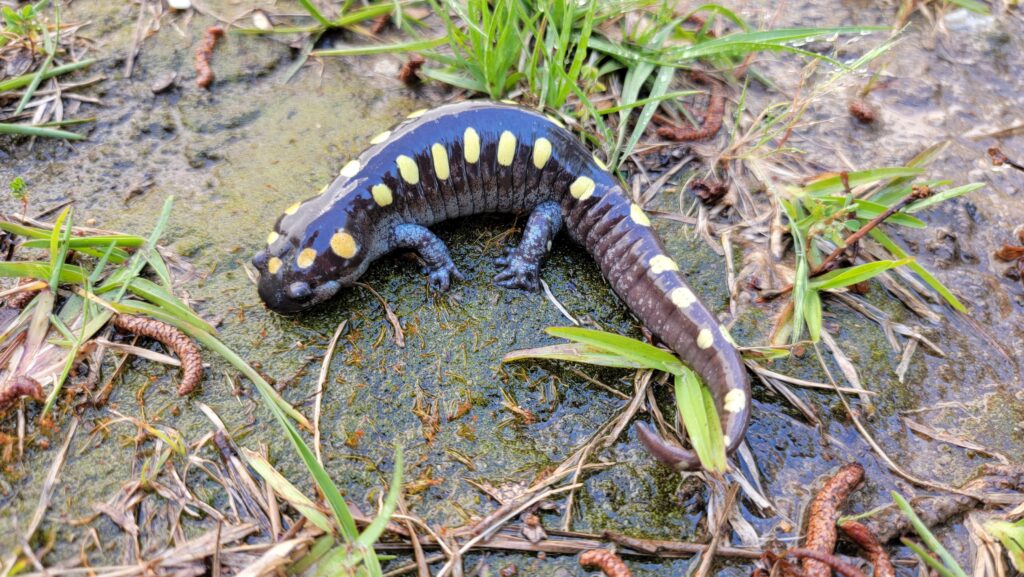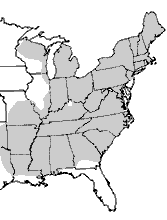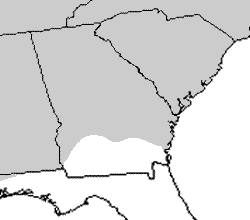Spotted Salamander (Ambystoma maculatum)



Photos by Amanda Hurst unless otherwise noted
Description: Spotted Salamanders are large salamander, ranging from 6-9.5 inches (15-24 cm) in length. Ground color can be shades of black, gray or brown on its back, gray on its belly. Down each side of the back, there are two rows of orange and yellow spots; sometimes as many as 50. Ambystoma maculatum is considered monotypic (no recognized subspecies) and has 12 costal grooves.
Range and Habitat: Found throughout eastern North America, spotted salamanders are common in Piedmont and Mountain regions of South Carolina and Georgia. They are much less common in the Coastal Plain and are absent from southeastern Georgia. The spotted salamander can be found in hardwood forests and swamps where it burrows near water. For breeding, it requires temporary pools or wetlands, and avoids deeper water where fish can prey on its eggs or larvae.
Habitat: The Spotted Salamander is fossorial, active at night, and is rarely seen except during breeding seasons. They breed during the winter and early spring when adults migrate from their burrows to pools during winter rains. They exhibit courtship breeding patterns and internal fertilization. Females lay large clumps of up to 200 eggs in shallow pools, often associated with algae. There is believed to be a symbiotic relationship between the algae and the salamander, where the algae are provided with a safe place to live and grow and in turn, algae produce oxygen, which is needed for embryonic development of the larvae. Eggs hatch in four to eight weeks, and larvae metamorphose in two to four months. Adults can live for two decades.
Conservation: This species is common in most parts of its range and is not protected in our region. However, destruction of temporary wetlands and forest alteration may threaten this species in the future.
Pertinent References:
Gibbons, J.W. and R.D. Semlitsch. 1991. Guide to the reptiles and amphibians of the Savannah River Site. University of Georgia Press, Athens, USA. 131 pp.
Blackwell, Eric A., George R. Cline, and Ken R. Marion. Annual Variation in Populations Estimators for a Southern Population of Ambystoma maculatum. Herpetologica 60(3). 2004.
Account Author: Amelia Gleaton, University of Georgia – edited by J.D. Willson
